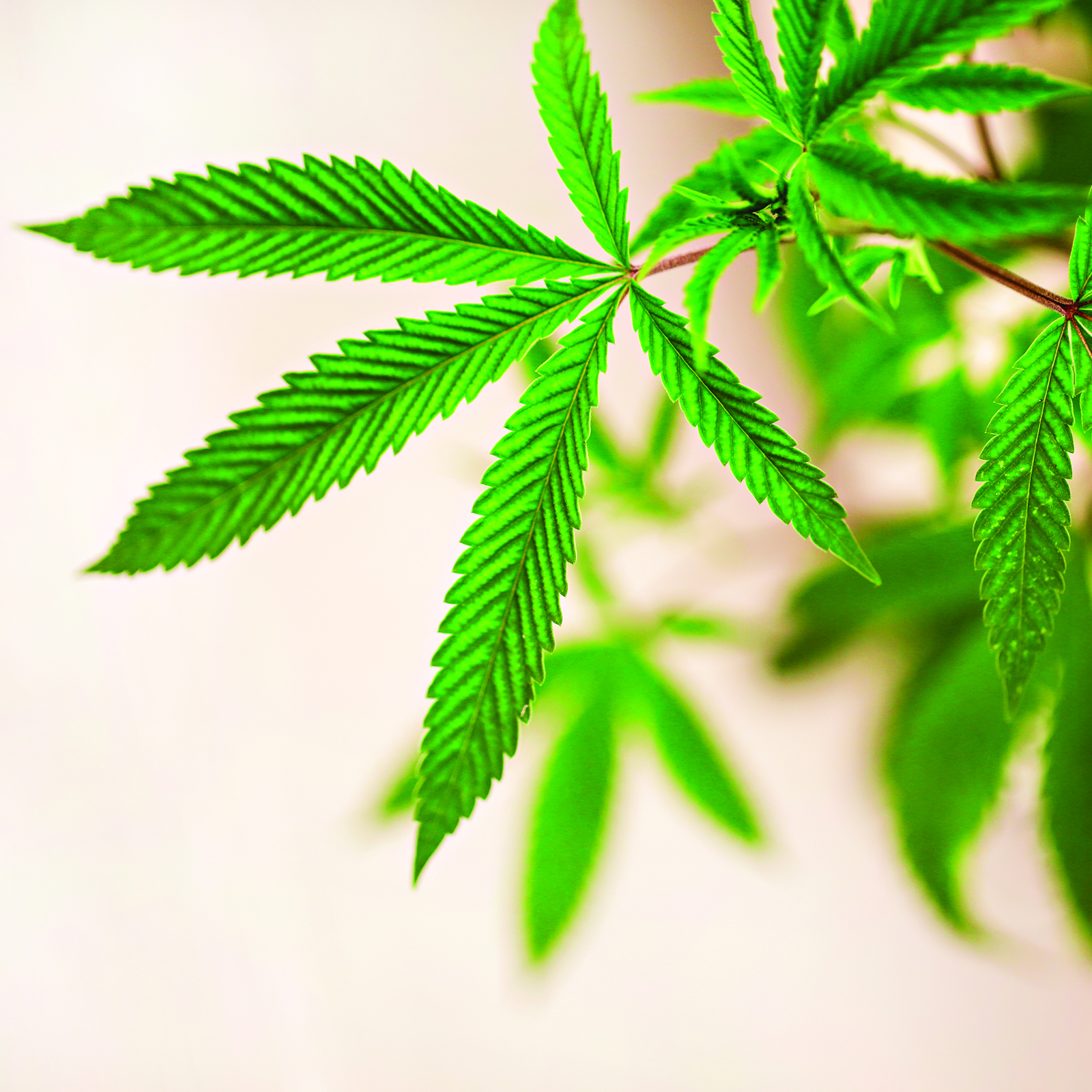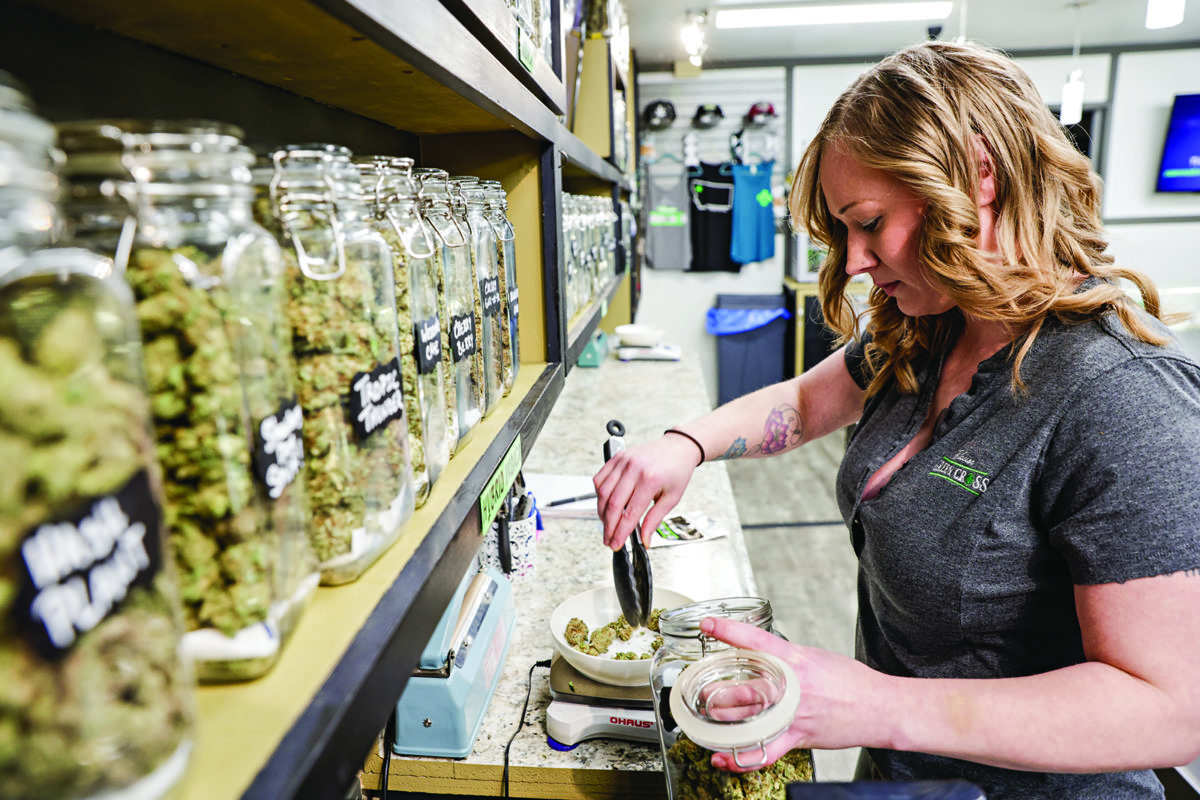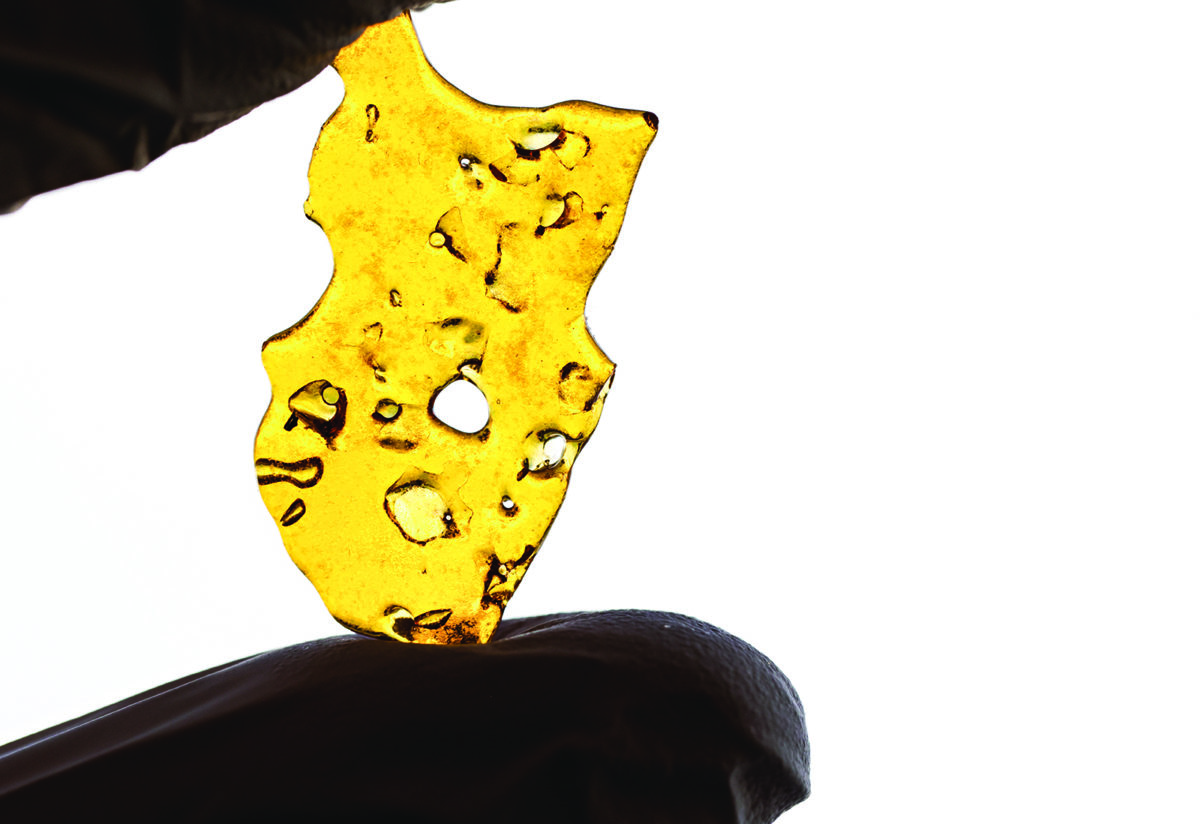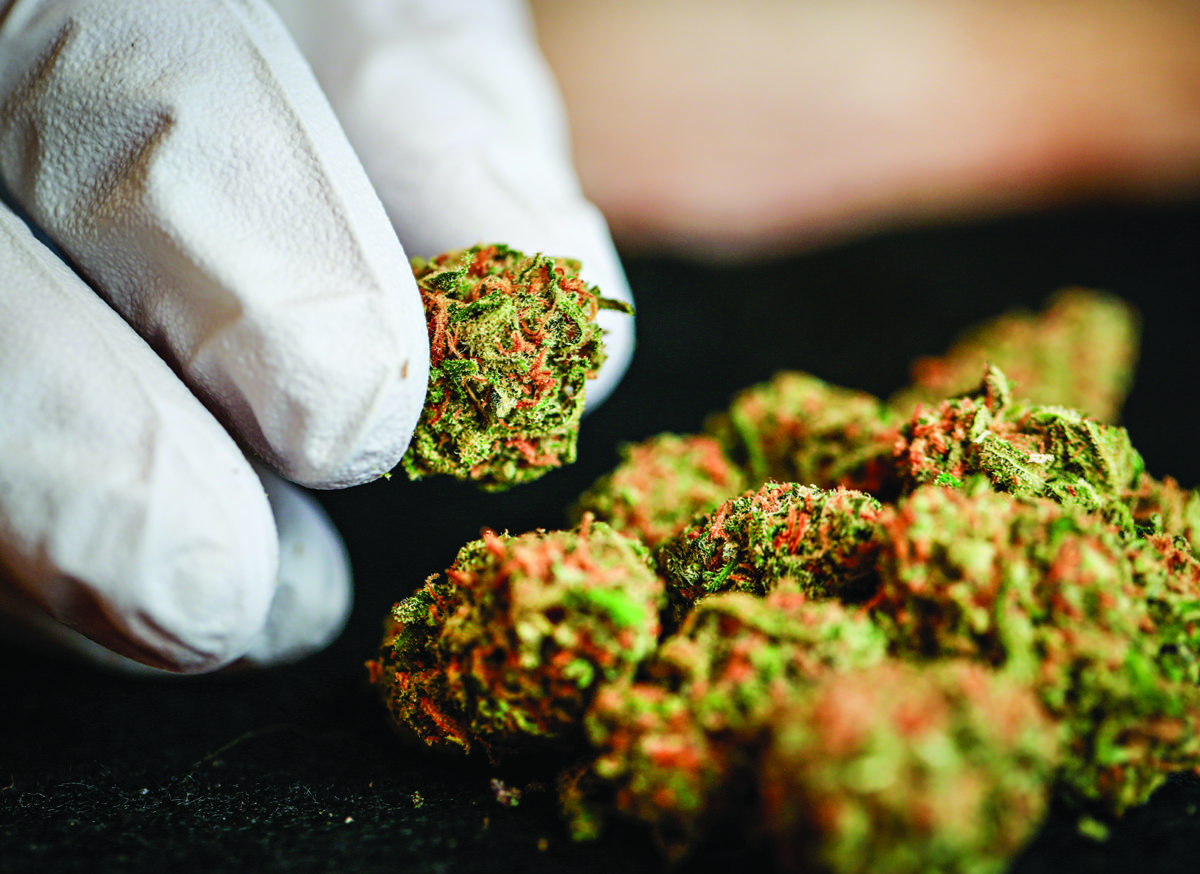
At 9 a.m. on New Year’s Day, the staff at 406 Farmacy was making the final preparations for the first day of recreational marijuana sales in Montana, or “Rec One,” as it’s sometimes referred. Outside the dispensary, located just south of Whitefish on U.S. Highway 93, the parking lot was already full. Customers were waiting for the doors to open, with a line snaking around the building and down the hillside.
“We had people parking across the highway and walking over four lanes of traffic to get to us,” said 406 Farmacy marketing manager Elaina Grinstead. “People were asking for receipts to prove they were hear on Rec One. We had to bring in all our employees to give our budtenders a break because the whole day was nonstop.”
Grinstead said that well over 200 people came into the dispensary that day. Budtenders sold a month’s supply of pre-rolls and overall sales were 10 times higher than what was previously considered a high-volume day.
And Grinstead was not alone. It was a scene that played out at dispensaries across Montana that day.
A little further south on U.S. Highway 93, Tamarack Cannabis celebrated the end of marijuana prohibition with dozens of customers crowding the shop, waiting patiently for assistance. The dispensary, which has been in the medical marijuana business since 2009, notched its busiest day ever.
The long-awaited opening of Montana’s recreational market came just over a year after a 2020 ballot measure to legalize the use and sale of recreational marijuana, Initiative 190, was passed by voters with a 57 percent margin. That passage kicked off an at times contentious debate during the 2021 Montana Legislative session as lawmakers figured out how best to regulate and tax marijuana. In 2021, Montanans were allowed to possess small amounts of cannabis, but it wasn’t until 2022 that recreational marijuana could be legally sold in roughly half of Montana’s counties.

“This is sort of our pioneer year,” said Tamarack manager Mary Keehfuss. “Traditionally, the first few months of the year have always been our slowest, but not this year. It’s really laying the groundwork for what our busy seasons will be.”
In the first six weeks of the year, Tamarack saw sales double year over year, while up at 406 Farmacy, Grinstead said they have seen sales almost quadruple. That increase in itself is remarkable and came from both an increase in medical users and the rush of new recreational clients.
“What I’ve been most excited about is seeing the people who were afraid to get their medical card now being comfortable seeking medical relief now that it’s legal across the board,” Keehfuss said, adding that roughly half of Tamarack’s customer’s were still medical users. “We’re building this gateway for them to access cannabis for their pain, or anxiety, or sleeping issues and they don’t have to worry as much about jumping through the hoops of getting a card.”
In contrast, Grinstead said that three-quarters of January’s customers at 406 Farmacy were recreational users, many of whom were vacationing in Whitefish.
“We’ve seen people from all over the world,” she said. “We’ve gotten foreign passports, IDs in different languages and from all different states. We’re definitely heavily tapping into the winter tourism here.”
The Farmacy is the closest dispensary to Whitefish and has capitalized on the ski season. While several dispensaries are planning to set up within Whitefish city limits, where zoning laws were reconfigured to allow the sales, including a second location for Tamarack, which owners hope will be operational by mid-summer, Grinstead believes people will still flock to her dispensary.
“We had people willing to walk up the highway from McDonald’s in the middle of winter to reach us,” Grinstead said. “Since we don’t have to charge the resort tax, I’ll bet in the summer people will still be willing to visit us.”
The biggest limiting factor Grinstead said the dispensary has faced so far is that product delivery is limited to medical cardholders. As a high number of ski tourists don’t have cars and just take shuttles up to the mountain, it’s hard to fully capitalize on the clientele.
With dispensaries working to navigate the new recreational market, overall supply, as well as specific product demand, is taking a hit.

“We’re struggling a little bit with product and demand, as I’m sure everyone else is,” Grinstead said. “Concentrates and edibles are low because we’re wanting to keep enough flower for our customers, which is still our number one product.”
Grinstead has also noticed that many out-of-state customers will come and balk at some of the prices. She says that while flowers and edibles are fairly comparable to other states, concentrates like rosins and cartridges are higher priced in Montana as dispensaries are working in the cost of production equipment that had to be purchased, as well as conserving flower supply.
“People will think that Montana’s marijuana market should be cheaper than Washington or California like it is with other industries,” she said. “But our supply and demand is totally different than those other areas that have already dealt with growing pains. Our prices are going to rise and then they’re going to come back down, but it could take a couple years.”
Part of the way Montana’s legislature decided to roll out recreational marijuana was by grandfathering medical dispensaries into recreational licenses, and not adding additional facilities for the first year. That head start, combined with the one-year lead time between the initial vote and start of sales allowed many dispensaries to begin scaling up.
Erin Bolster, owner of Tamarack, began ramping up production at her grow facility as soon as the recreational marijuana initiative garnered enough signatures to secure a spot on the 2020 ballot. Bolster added 1,000 square feet of greenhouse space and 1,500 square feet to the indoor production space, doubling Tamarack’s indoor space. She intends to double it again this year, in addition to opening the Whitefish shop.

The year and a half lead time to scale, as well as a provision in the law that allows growers to wholesale product to other dispensaries, has alleviated initial concerns that Montana would run out of cannabis.
Twenty-seven counties in the state are considered “red counties,” where a majority of county residents did not vote for either the ballot initiative or in favor of legalization in a follow up local election. This means that any growers currently located in those counties can’t sell on-site, but are able to wholesale their product to other dispensaries, something Keehfuss said people often forget about.
“I can’t say for sure that we’re not going to run out of anything this summer when tourism really ramps up,” she said. “But I feel really confident that we’re going to have a full menu with a lot of options.”
Instead of worrying about supply, Keehfuss said that her biggest hurdle is being able to hire enough workers. Since Jan. 1, Tamarack has added five employees and plans on bringing on more before the summer season, as well as staffing the new location.
“What we didn’t perceive was how long it’s taking employees to get trained and certified by the state,” she said. “We can take them, but can’t definitively say when they can start working, because the state is taking up to 30 days to certify them.”
According to the Montana Department of Revenue, stateside sales of recreational cannabis in Montana totaled nearly $12.9 million in January, plus another $9.8 million in medical sales. But even with a few weeks of seasonal data in the books, what a full year’s sales will look like, especially with the Flathead Valley’s huge summer tourism industry, is largely hypothetical.
In a 2020 study conducted by the Bureau of Business and Economic Research (BBER) at the University of Montana, 14.3 percent of adults in Montana said they used marijuana within the last month and 22 percent said they used it daily. Adding in an estimated 14 percent of leisure-oriented visitors who seek out recreational cannabis stores nationwide, the study estimated a total market size in the state between 30.4 and 32.8 metric tons of marijuana.
Put another way, the study estimated 2022 sales would be around $217.2 million, a figure expected to grow to $260 million by 2026.
Cannabis has become a significant driver of tourism in other states that have legalized recreational weed, including Colorado, which has a similar overall tourism profile to Montana, driven by outdoor recreation. After Colorado legalized marijuana sales in 2014, various services launched in addition to dispensaries, including cannabis cooking classes, cannabis spas and dispensary tours. A 2019 analysis of Colorado’s tourism industry showed that the percentage of visitors who took part in marijuana-related activities grew by 16 percent year-over-year, and was 10 percent higher than the national average.
“We have talked a lot about doing dinners or art events (like Paint & Sip), but with our products instead of alcohol,” Grinstead said. “Cooking classes have also been mentioned. However with the state currently being strict on ’no onsite consumption’ and no advertising to the public eye, we are finding it a little tricky to figure out what we can and cannot do. But we are hoping that within the next year or so the new regulations will be more clearly defined and hopefully a little more relaxed to where we can host and offer more cannabis tourism with ease!”
The booming marijuana business even led Colorado to establish the Cannabis Business Office in 2021, a division of the Office of Economic Development and International Trade to leverage resources to grow the industry. Organizations are popping up with a bigger reach, too, including the Cannabis Travel Association International, which collaborates with local trade associations, visitors bureaus and tourism boards, and PotGuides, a travel website that helps visitors navigate marijuana laws and lists cannabis-friendly lodging, tours and events.
However, as with all states that legalized cannabis, Montana is starting with the basics: growing and selling legal weed. In Flathead Valley, there are 60 registered recreational dispensaries — nine each in Columbia Falls and Bigfork, five in Whitefish, 31 in Kalispell and a smattering in surrounding communities. All are well positioned, literally, to benefit from the historically high levels of tourism the Flathead Valley has seen in recent years, especially as more visitors are clued into Montana’s recreational status.
“Each week we get more people who just found out we’re a recreational marijuana state, and by summer I feel like everyone will know about us,” Grinstead said.
While awareness will continue to help sales numbers creep up, overall the expectation is that sales will fluctuate along with the ebb-and-flow of the tourism pattern — high during the ski season, followed by a lull during the spring shoulder season, and then a skyrocketing during the summer as Glacier National Park and Flathead Lake take center stage as recreational destinations.
Grinstead is also excited about the major events lined up for the summer, such as Under the Big Sky, which sold out within a week.
“Last year, just as a medical dispensary we were crazy around the festival,” she said. “I can’t even imagine how it’s going to be this year. We’re going to be nonstop. We won’t get our summer vacations like other jobs do.”